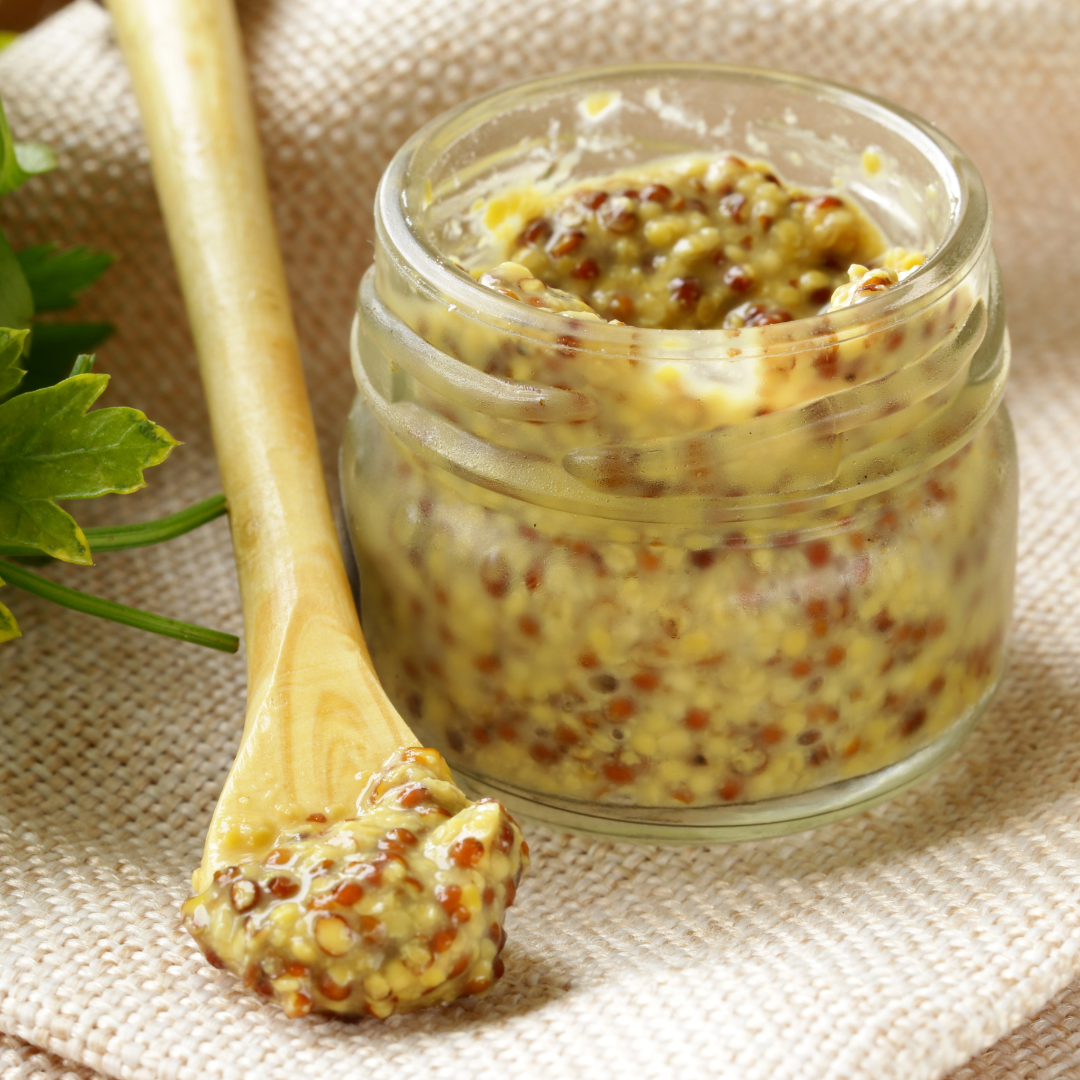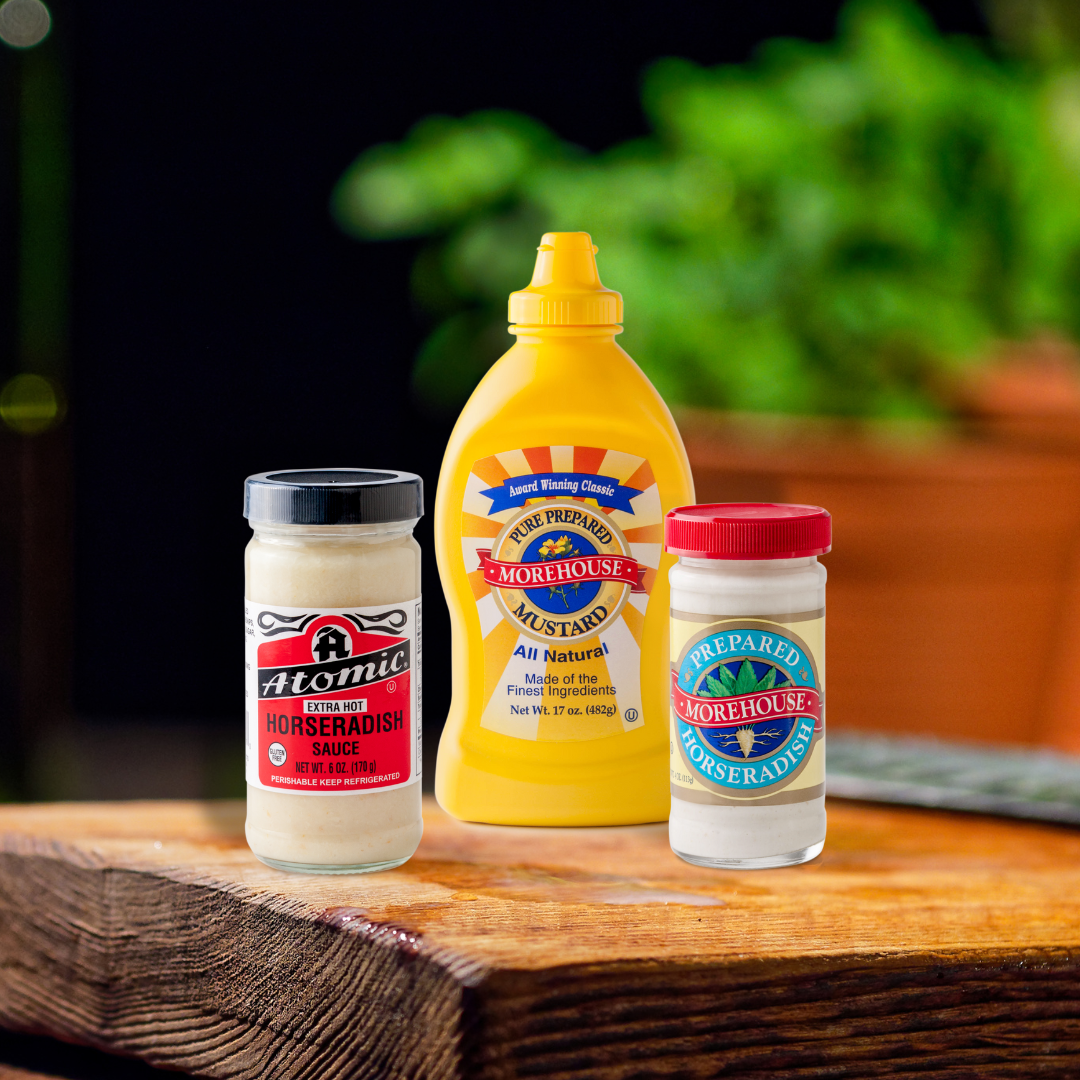Mustard: An Ancient Condiment With Modern Appeal
Mustard is a household staple today, but its roots extend back much further than anyone is familiar with today. While mustard use has evolved over the millennia, one thing is certain: it’s retained its tangy punch and cultural relevance. From ancient times to the present and likely for many years to come, it’ll thrive.
 Ancient Origins & Early Uses
Ancient Origins & Early Uses
There is very early evidence that mustard seed was used as early as 3000 BCE. That means there are uses in ancient Greek, Roman, and even Biblical times! Back then, mustard was used for both medicinal and food uses. In Rome, they invented a paste by mixing mustard seed with grape must. During the Middle Ages, monasteries became early producers of mustard paste. Dijon, France, became the center of mustard production. Dijon mustard is still popular today and is known for its smoother, sharper flavor that came from a sour grape juice rather than traditional vinegar.
Breaking Down Mustard
Mustard is a seed from the Brassica family. It is either yellow/white, brown/Indian, or black. Any of these seeds can be made into mustard by crushing the seeds, mixing with a liquid (water, vinegar, wine), adding salt/spices, and letting it sit. Different mixes make for different variations, such as whole-grain, smooth pastes, coarse grind, and different flavored mustards. But what makes the traditional, somewhat pungent flavor remain consistent? It’s a chemical reaction of enzymes + glucosinolates.
Common Mustard Varieties
Based on the mustard seed and preparation, you’ll get unique mustard. Some households even experiment with their own variations. It comes with the appeal of freshness and experimentation. If you’re looking for traditional varieties, some are:
- American Yellow Mustard: mild, bright, high in vinegar and turmeric
- Dijon Mustard: brown seed with wine or verjuice for a sharper flavor
- Spicy Brown: bold, coarse and tangy
- Whole Grain: textured, rustic and nutty
- Honey Mustard: sweet, creamy, and smooth
Different regions around the world prepare their mustard slightly differently to uniquely pair with their cuisines. For example, Germany makes sure theirs pairs well with Bratwurst, while France prioritizes how it pairs with different cheeses.
The Modern Appeal & How We Use It Today
Today, yellow mustard remains a household staple across the United States and beyond. It’s a common table condiment to complement predominantly sandwiches, meat, and hot dogs. It’s also used in dressings, vinaigrettes, and marinades as it helps emulsify. Mustard is also a common base for many sauces, glazes, and rubs. As versatile as it is in food, it still remains regarded for its medicinal qualities, especially when it comes to being an antioxidant or digestive aid.
 Morehouse Quality Products Near You
Morehouse Quality Products Near You
Since 1989, Morehouse has been crafting the highest-quality mustard and horseradish products for our consumers near and far. We have been family-owned for five generations and care about customer satisfaction and quality products over all else. Our varieties of mustards and horseradish satisfy both classic and innovative dishes. Find us in your local supermarket or proudly displayed at restaurants in your area.